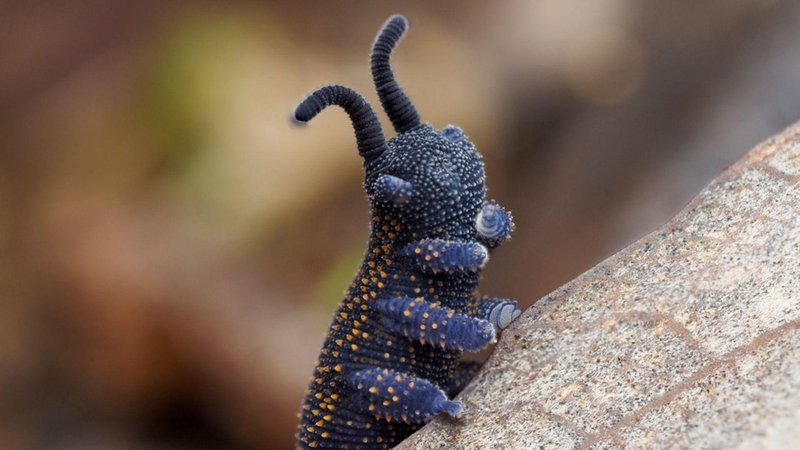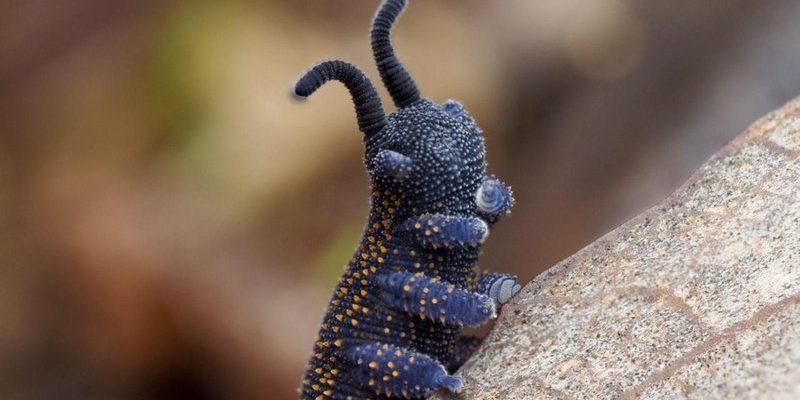
Imagine walking through a lush, wet rainforest or into a cool, damp cave. That’s the kind of environment velvet worms thrive in. They don’t just pop up anywhere; their habitats have specific requirements. Think of them as Goldilocks in search of the perfect porridge—not too dry, not too hot, but just right. So, grab your coffee, and let’s explore the fascinating world of velvet worm habitats!
What Are Velvet Worms?
Before we get into their habitats, it’s helpful to know what velvet worms are. These creatures, belonging to the phylum Onychophora, look a bit like a cross between an earthworm and a caterpillar. They have soft, velvety bodies, which is where their name comes from. With about 200 species known to science, they can be found in various parts of the world, primarily in tropical and subtropical regions.
Velvet worms are fascinating for several reasons. They have a unique way of hunting their prey, using slime to capture insects. It’s like they have built-in superpowers! When you think about their adaptations, you start to appreciate how perfectly they fit into their habitats.
Rainforest Homes: The Perfect Setting
One of the most common habitats for velvet worms is tropical rainforests. These lush, dense jungles provide everything they need: moisture, shelter, and a plentiful food supply. Rainforests are characterized by high humidity levels and warm temperatures, which are ideal for keeping velvet worms happy and active.
In these forests, you’ll usually find them living under decaying leaves, logs, and stones. This is their safe haven, protecting them from predators and harsh weather. Honestly, if you were a velvet worm, wouldn’t you want to snuggle up under a cozy log? It’s the perfect spot for chilling out and waiting for your next meal to wander by.
Caves: A Hidden Sanctuary
Surprisingly, velvet worms also make their homes in caves. These dark, damp places provide a different kind of sanctuary. caves maintain high humidity levels, which is crucial for these creatures. Without the right moisture, they can easily dry out and die—definitely not a good thing for our squishy friends!
Inside caves, velvet worms can find shelter in crevices and among the damp soil. Think of it like their own private apartment! These environments allow them to escape the heat of the day, as caves typically have a more stable temperature. Plus, the darkness provides excellent cover from predators.
The Importance of Moisture
Moisture is crucial for velvet worms, and it’s one of the key factors that defines their habitats. When you think about where they live, you might picture places like rainforests or caves, but the common thread is humidity. Velvet worms breathe through their skin, requiring it to be moist, which means they can’t live in dry conditions.
Here’s the thing: if their environment gets too dry, they can’t survive. It’s kind of like trying to breathe in a desert—impossible! That’s why they tend to thrive in places where the air is thick with moisture, like under the cover of leaves or in the cool earth.
Geographical Distribution
While velvet worms are found worldwide, they’re more common in specific regions. Southeast Asia, Australia, and parts of South America are hotspots for these creatures. For instance, you’d easily spot them in places like the Amazon rainforest or the temperate rainforests of Tasmania. Each region offers a unique blend of conditions, making it an ideal habitat for different species.
The diversity of environments is fascinating. For instance, some species have adapted to living at high altitudes, where conditions can be harsher than in lowland rainforests. Isn’t it intriguing how these little guys have found their niche across various ecosystems?
Threats to Velvet Worm Habitats
Unfortunately, velvet worms face threats from habitat loss due to deforestation, climate change, and pollution. These factors significantly impact their populations and the ecosystems they inhabit. Rainforests are being cut down for agriculture, and that strips away their homes, leaving velvet worms vulnerable.
Moreover, changes in climate can alter the humidity and temperature in their habitats, making it harder for them to survive. This is concerning not just for velvet worms but for the entire ecosystem, as every creature plays a role in maintaining balance.
Conservation Efforts
To help protect velvet worms and their habitats, various conservation efforts are underway. Organizations are working to preserve rainforests and caves, focusing on sustainable practices that maintain the delicate balance of these ecosystems. You might see initiatives promoting reforestation or pollution control, which can have a positive impact on the environments these creatures call home.
Getting involved in local conservation efforts, supporting eco-friendly products, or simply spreading awareness can make a difference. Every little bit helps in ensuring that velvet worms remain part of our planet’s incredible biodiversity.
The Fascination Continues
As we wrap up, it’s clear that velvet worms are more than just strange-looking creatures; they’re a vital piece of the puzzle in understanding our planet’s ecosystems. Their habitats tell us a lot about environmental health and the importance of biodiversity. Honestly, the more we learn about these little guys, the more we realize how interconnected life is on Earth.
So, the next time you think about ancient creatures, don’t forget about the velvet worm and the unique homes they inhabit. There’s a world of wonder waiting just beneath the surface of leaves and in the shadows of caves, and it deserves our attention and protection.

